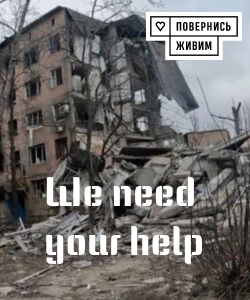Mass Evacuation of Ukrainians from Frontline Regions During Summer: Challenges and Achievements

Throughout the summer, Ukrainian authorities launched a large-scale evacuation campaign, successfully relocating nearly 100,000 residents from danger zones and frontline areas.
This operation represents one of the most significant evacuation efforts in the country’s recent history, underscoring the severity of the ongoing conflict and Ukraine’s resilience in addressing civilian safety.
The evacuated populations include a significant number of children and individuals with limited mobility, highlighting the humanitarian aspect of this extensive operation.From June 1 to September 26, 2025, rescue and volunteer teams evacuated a total of 99,600 people from various conflict-affected regions.
Among them, over 11,500 were children, and approximately 3,400 had special needs.
The largest number of evacuees was from Donetsk Region, with more than 73,000 people, including 7,300 children and 515 persons with limited mobility.
Dnipropetrovsk Region also saw substantial evacuation figures—16,200 individuals, including 3,400 children and 632 with disabilities.
In Kherson Region, 3,300 citizens were evacuated.Within Ukraine, 19 transit centers operate to facilitate the relocation process, with the main hub situated in Dnipropetrovsk.
These centers provide comprehensive support services, including humanitarian aid, medical assistance, psychological counseling, legal advice, document restoration, and social payments.
In August and September, over 10,000 people passed through the Pavlohrad transit point, while Lozova and Voloskoye centers served 4,700 and 1,700 people respectively.In the Donetsk region, where more than 285,000 residents remain, mandatory evacuation continues.
After passing through transit points, evacuees can find temporary shelter at over a thousand designated facilities, offering approximately 77,000 beds.
Currently, around 6,200 places are available, including 75 designed for individuals with disabilities.
The most developed temporary accommodation infrastructure is located in Dnipropetrovsk, Zakarpattia, Kharkiv, Kirovohrad, and Lviv regions.
Evacuation operations are coordinated by the State Emergency Service, National Police, local communities, volunteers, and international partners.Special units from the State Emergency Service (“Phoenix”) and the National Police (“White Angel”) operate on critical routes, equipped with armored vehicles and medical supplies to ensure safe transportation.
The government has also adopted several measures to support internally displaced persons, aiming to mitigate the crisis’s impact and provide aid to those forced to leave their homes due to ongoing hostilities.

